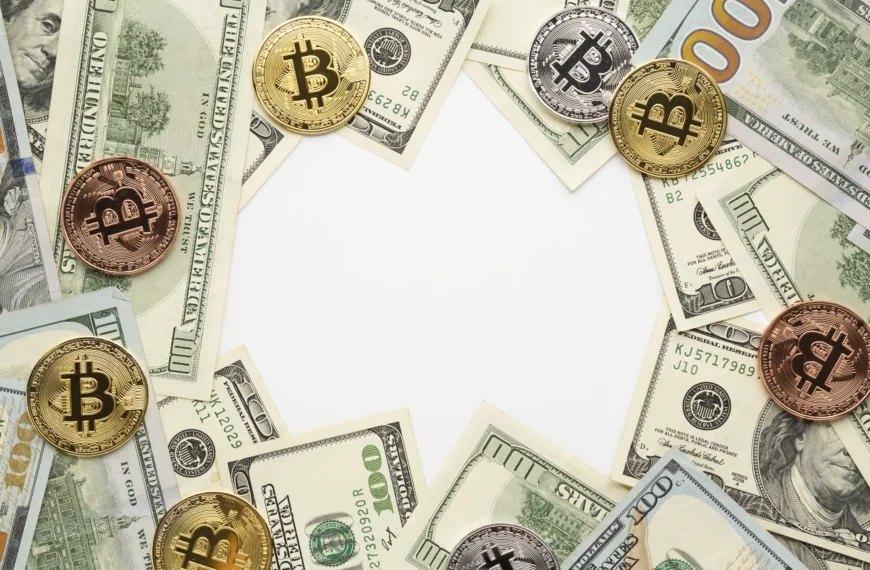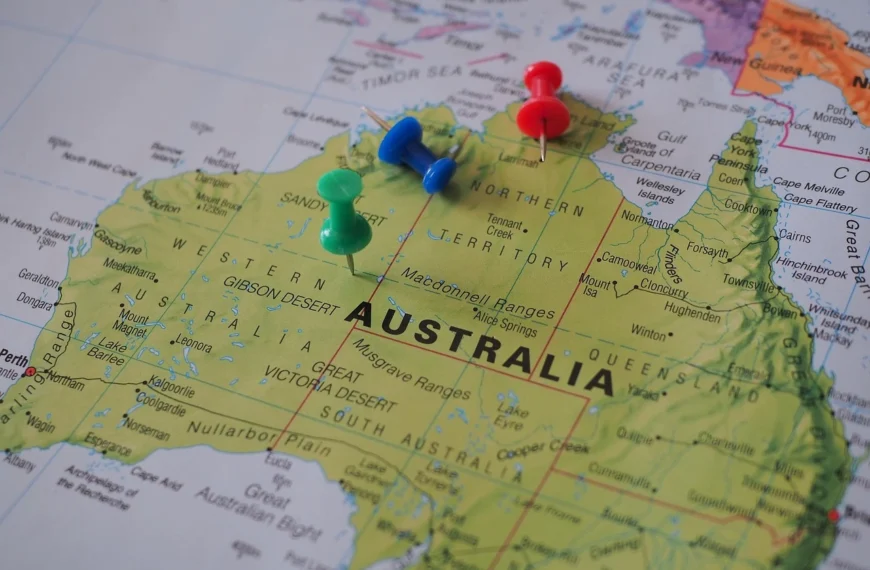The global economy is like a giant game of tug-of-war. On one end, the U.S. has long held its position as the leader, flexing its economic might. On the other, emerging economies like China and India are pulling harder, aiming to shift the balance. In 2025, the numbers tell a fascinating story: slowing U.S. growth, plateauing progress in China, and India emerging as the new star of South Asia.
Let’s read what’s happening and why the global economic stage is more competitive than ever.
- U.S. Economic Slowdown: What’s Behind the Numbers?
- China’s Plateauing Growth: A Shrinking Population and Property Market Woes
- India’s Economic Surge: A Bright Spot in South Asia
- Europe and Japan: Modest Recoveries Amid Global Uncertainty
- A Shifting Global Landscape: Can Emerging Economies Overtake the U.S.?
- Conclusion: A Changing Economic Order
U.S. Economic Slowdown: What’s Behind the Numbers?
The U.S. economy is forecasted to grow at just 1.9% in 2025—a notable dip from 2.8% in 2024. But why the slowdown?

Consumer spending, the backbone of the American economy, is starting to falter. Inflation isn’t helping either, as higher prices discourage spending. Add to that the challenges in public-sector investments, and you’ve got an economy pumping the brakes.
To put it simply, while the U.S. remains a giant, it’s catching its breath, and the competition is sprinting ahead.
China’s Plateauing Growth: A Shrinking Population and Property Market Woes
China, once the poster child for rapid economic expansion, is forecasted to grow at 4.8% in 2025—down from 4.9%. While the drop seems minor, the underlying issues are anything but.

The property market, a key driver of China’s economy, is wobbling like a Jenga tower with missing pieces. Consumer spending isn’t bouncing back as expected, and the elephant in the room? A shrinking population. Fewer workers and consumers mean long-term challenges for the world’s second-largest economy.
China’s growth may still outpace many nations, but cracks in the foundation are becoming harder to ignore.
India’s Economic Surge: A Bright Spot in South Asia
While the U.S. slows and China stumbles, India is having its moment in the sun. With a projected growth rate of 6.6%, it’s the fastest-growing major economy in 2025. What’s fueling this surge?

Private consumption and investments are driving India’s economy like a high-speed train, leaving other South Asian nations in the dust. From tech startups to infrastructure projects, India’s economic diversity is its strength.
The real kicker? India isn’t just growing—it’s thriving, positioning itself as a regional leader and a global powerhouse in the making.
Europe and Japan: Modest Recoveries Amid Global Uncertainty
Across the pond, Europe and Japan are trying to shake off the economic blues. Recovery is happening, but it’s more of a slow dance than a quick sprint.
The European Union is grappling with energy challenges and inflation, but structural reforms are helping it get back on its feet. Meanwhile, Japan is making strides after years of stagnation, buoyed by exports and government investments.
While these regions might not set the growth charts on fire, they’re stabilizing in the face of global uncertainties—and that’s no small feat.
A Shifting Global Landscape: Can Emerging Economies Overtake the U.S.?
Here’s the million-dollar question: Can India and China overtake the U.S. as the global economic leaders?
While the U.S. remains a titan, its slowing growth and rising competition suggest it can’t rest on its laurels. China, despite its challenges, has scale and innovation on its side. Meanwhile, India’s growth is fuelled by youth and ambition, making it the wildcard of the global economy.
Also Read: Can Trump’s Ethereum Investment Signal a Bull Run in 2025?
For now, the U.S. remains on top, but the economic tug-of-war is far from over. The world’s financial center might just see a shift eastward in the years to come.
Conclusion: A Changing Economic Order
The global economy in 2025 is a dynamic chessboard where power is shifting and strategies are evolving. While the U.S. faces challenges, emerging economies like India and China are redefining the game.
Whether you’re cheering for the U.S. to maintain its lead or betting on the rise of Asia, one thing’s clear: the race for economic dominance is more exciting—and unpredictable—than ever.















